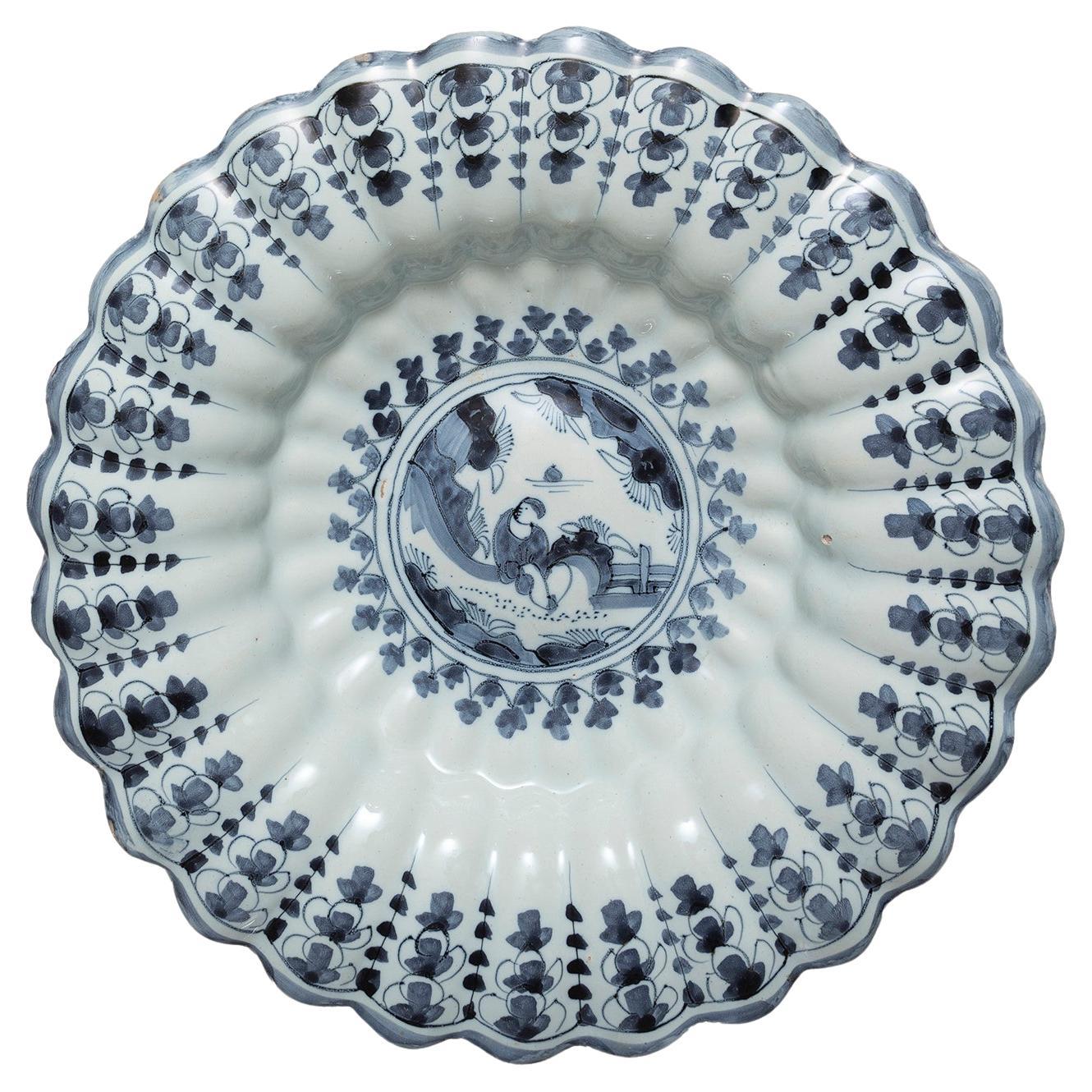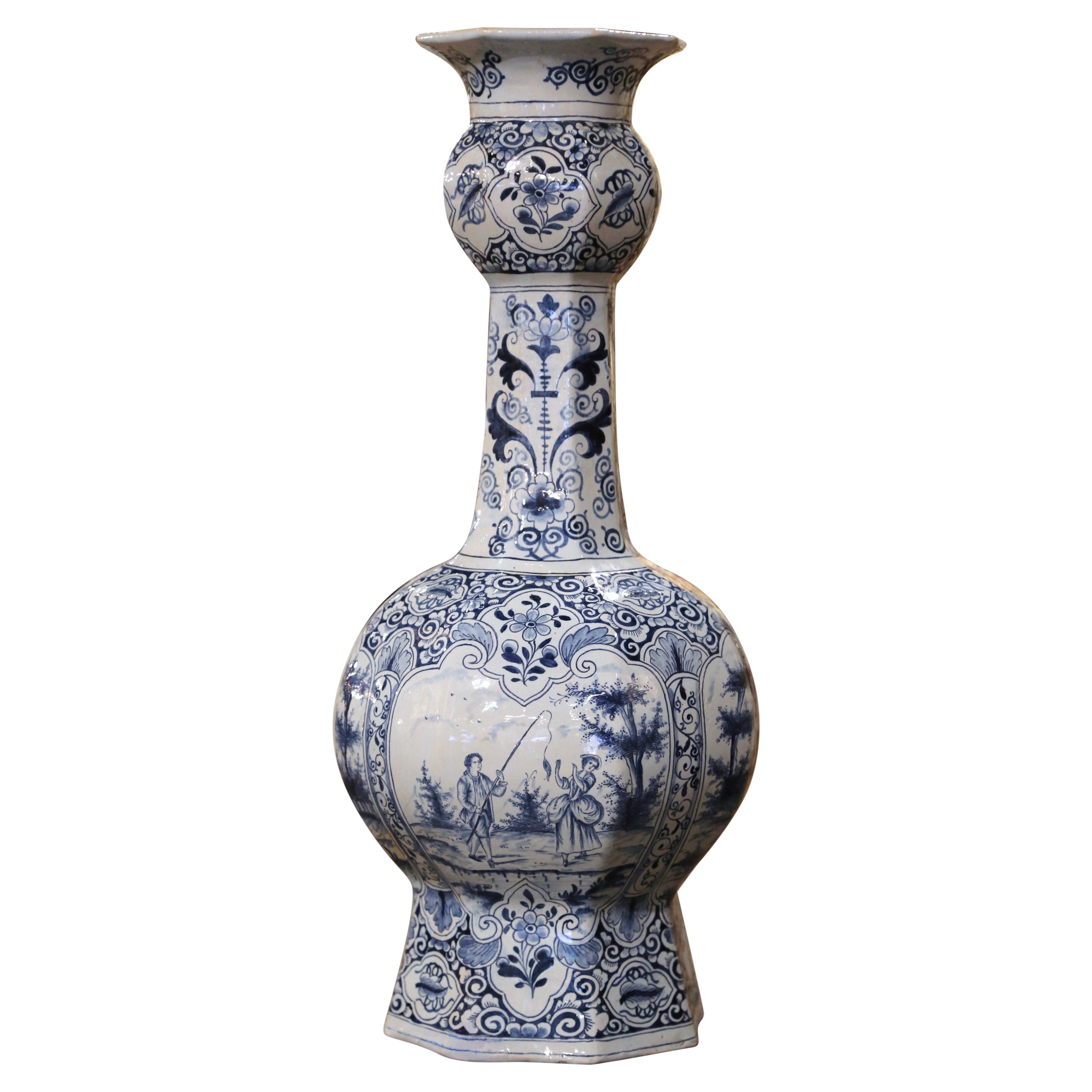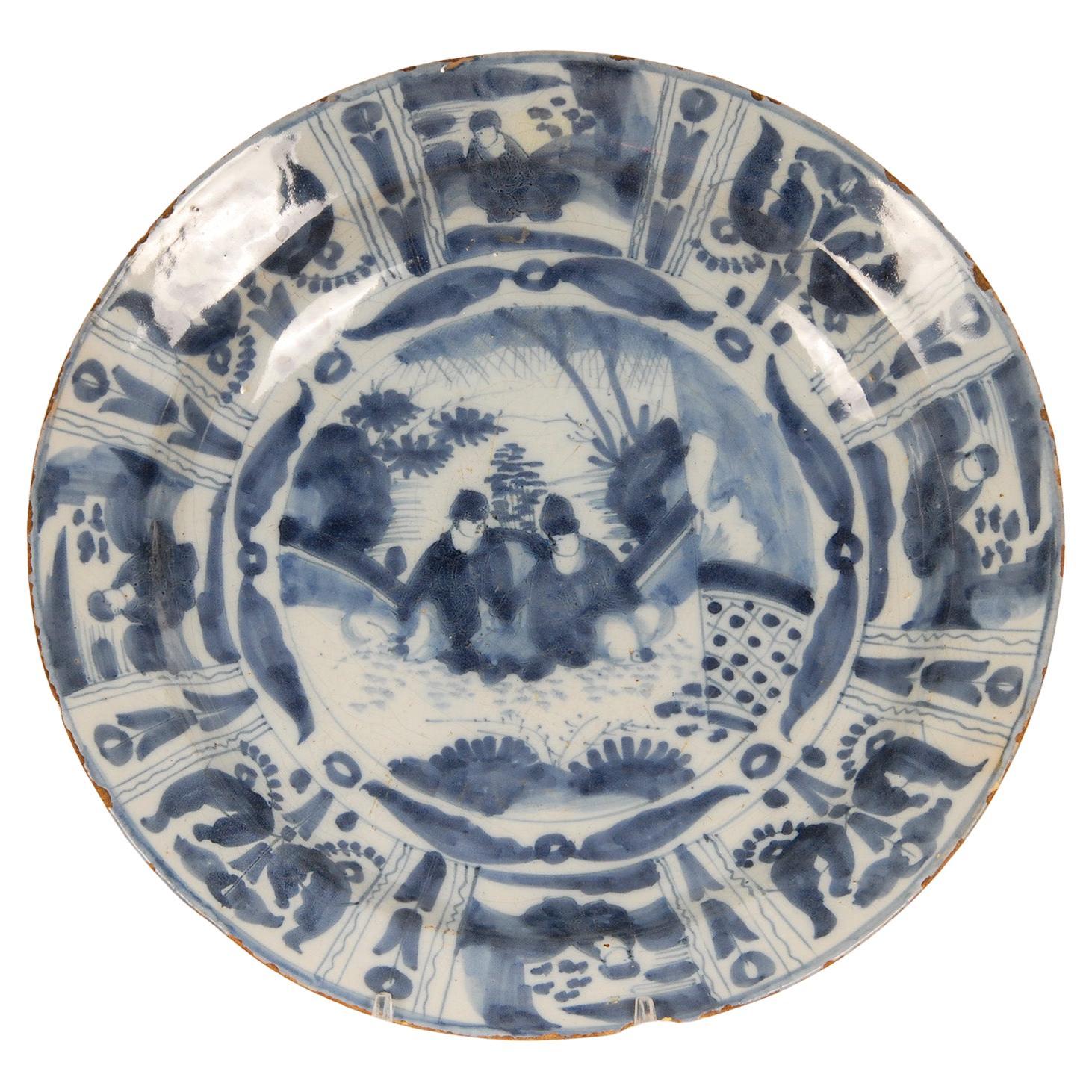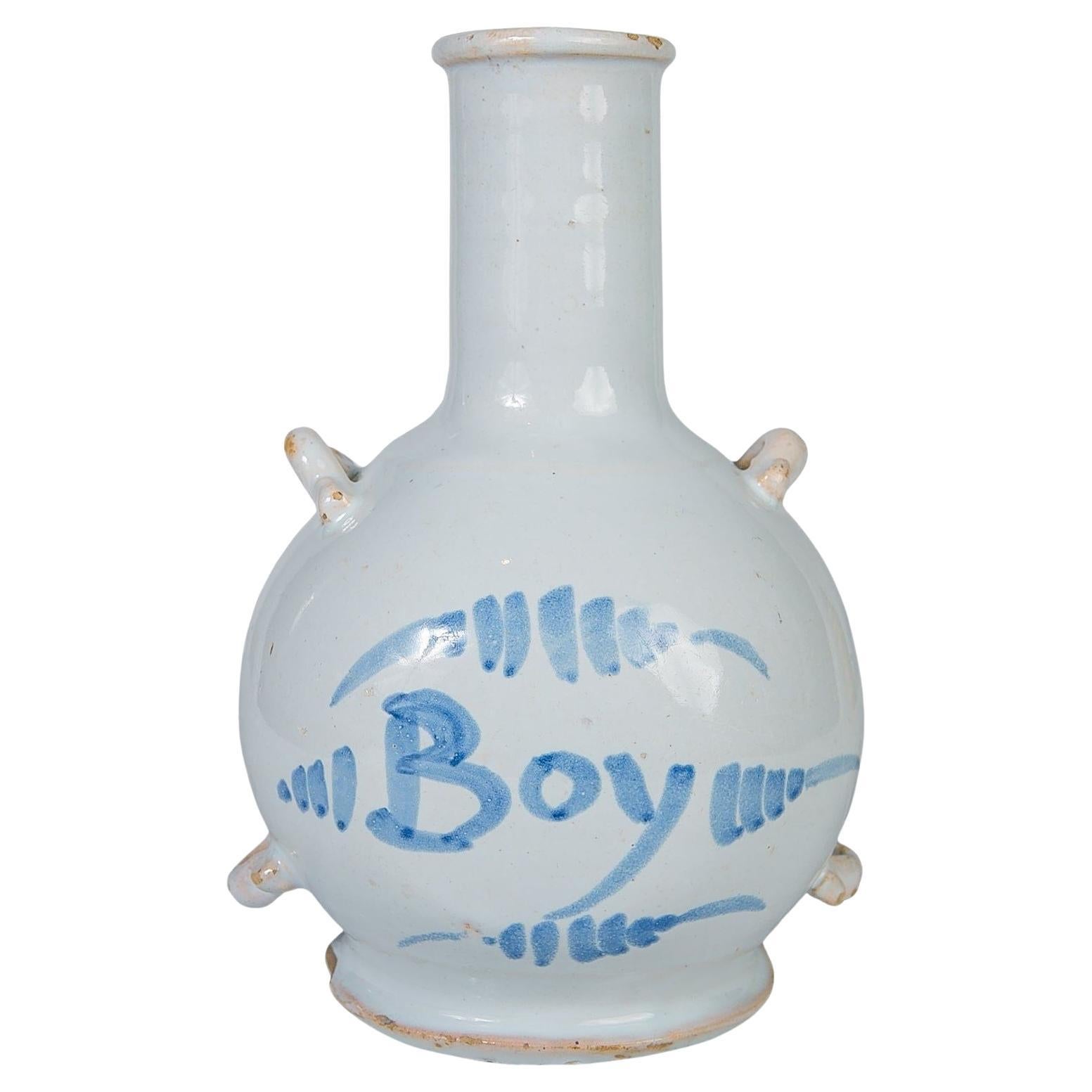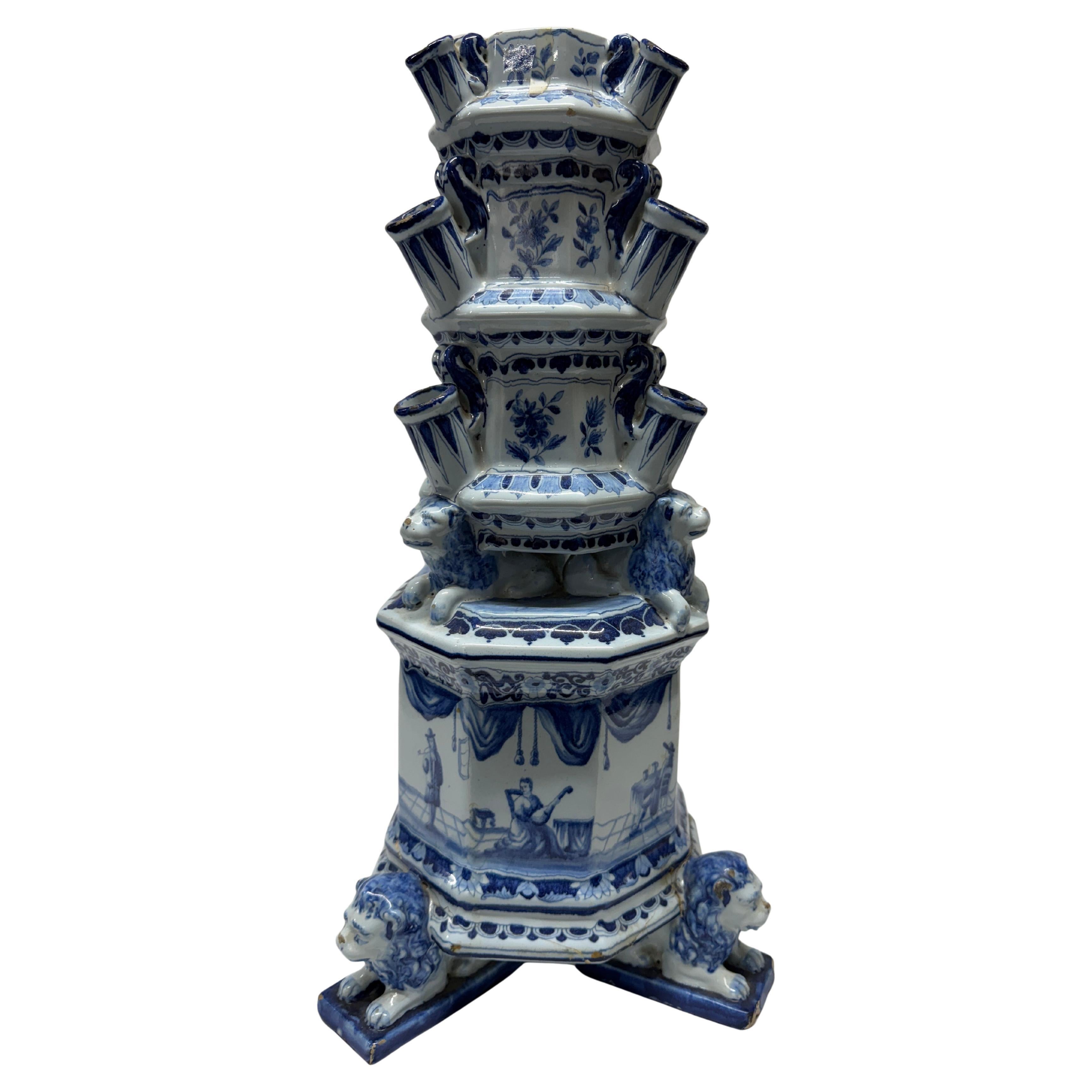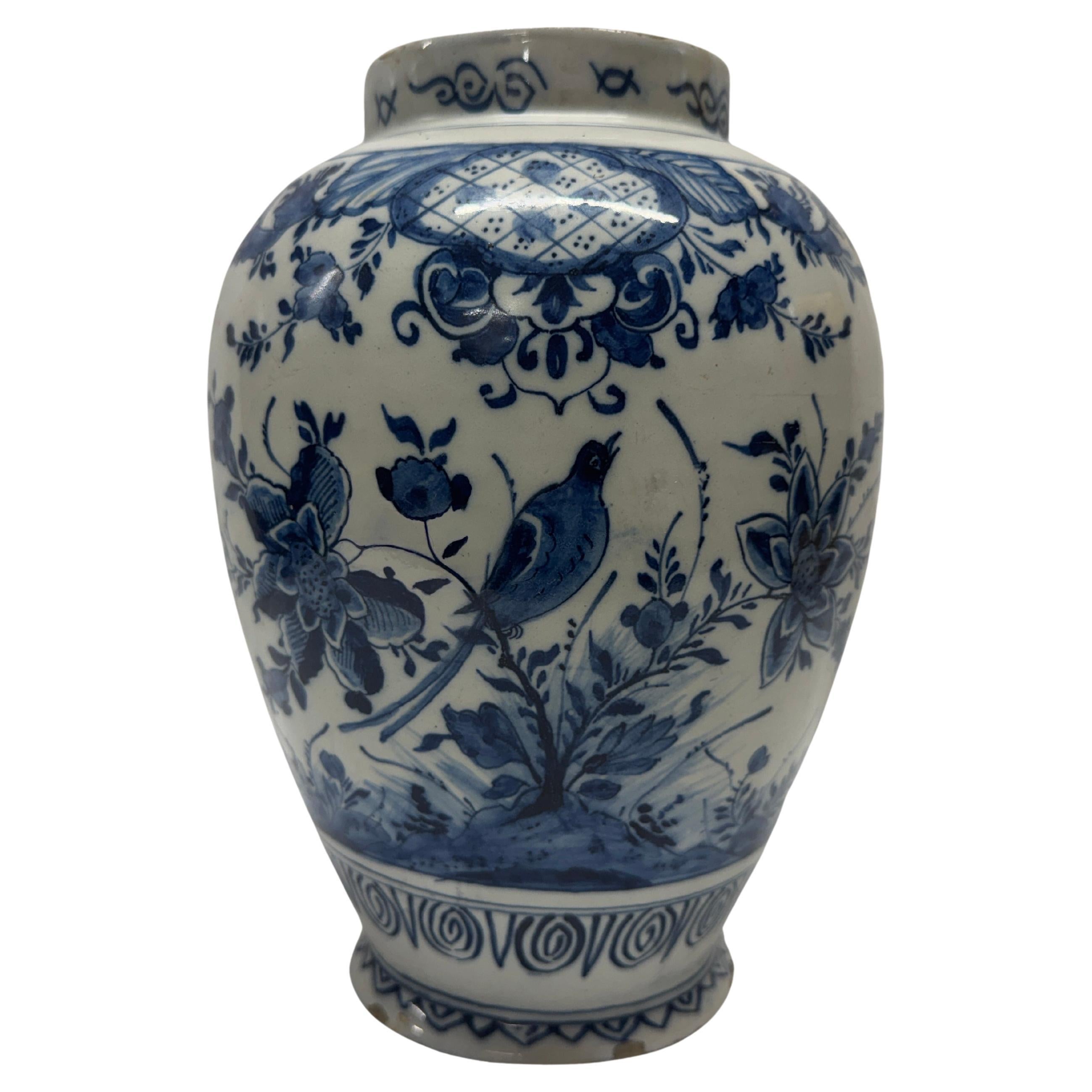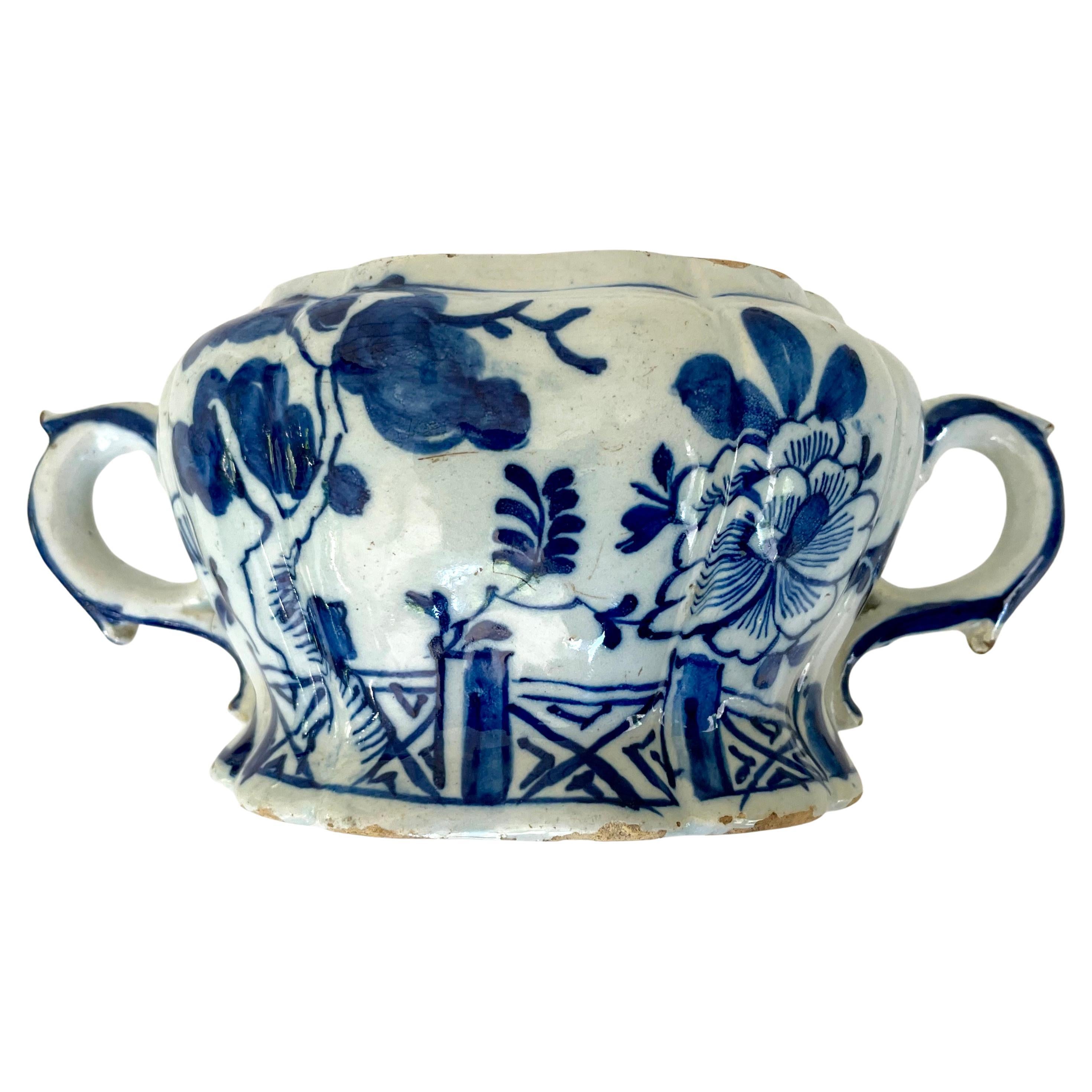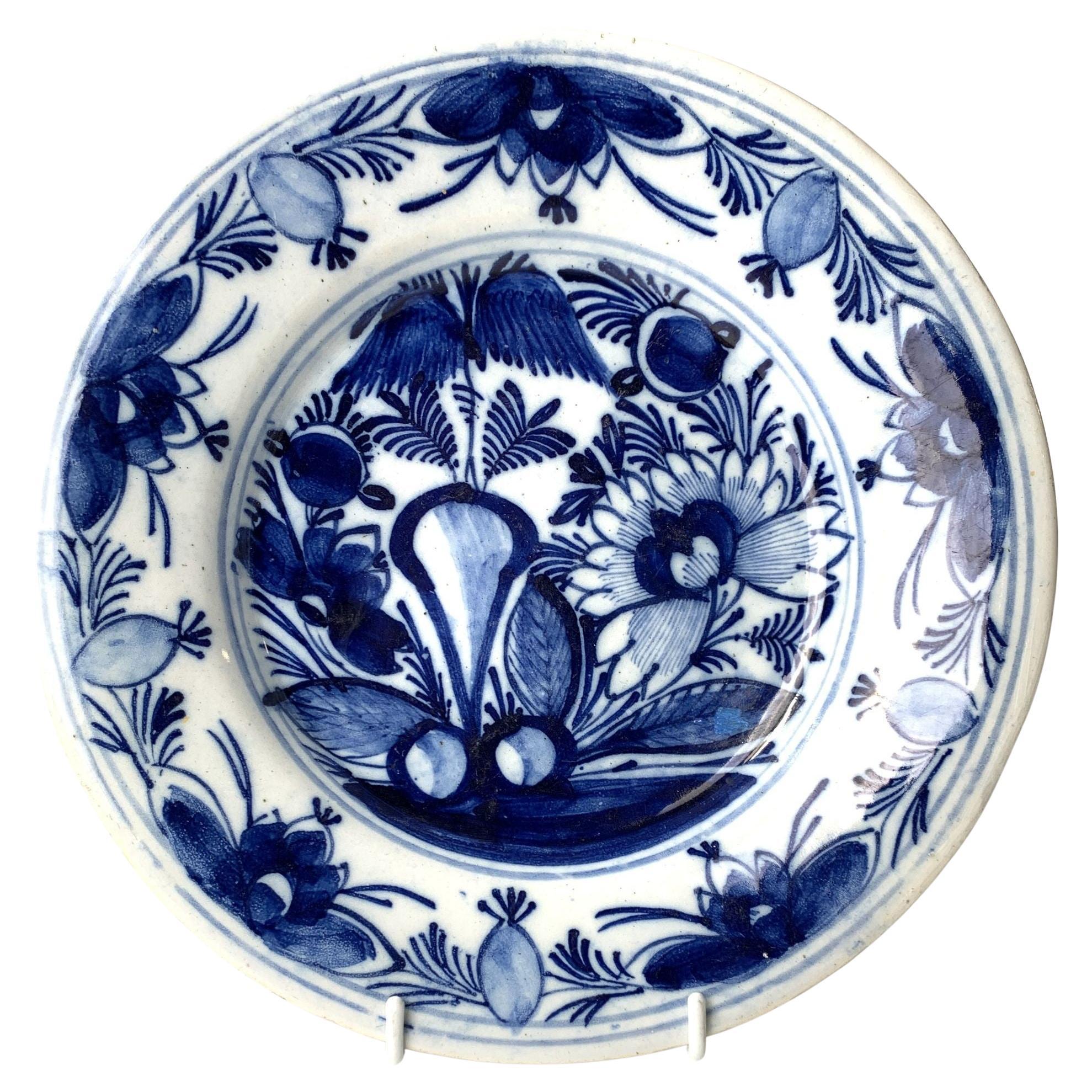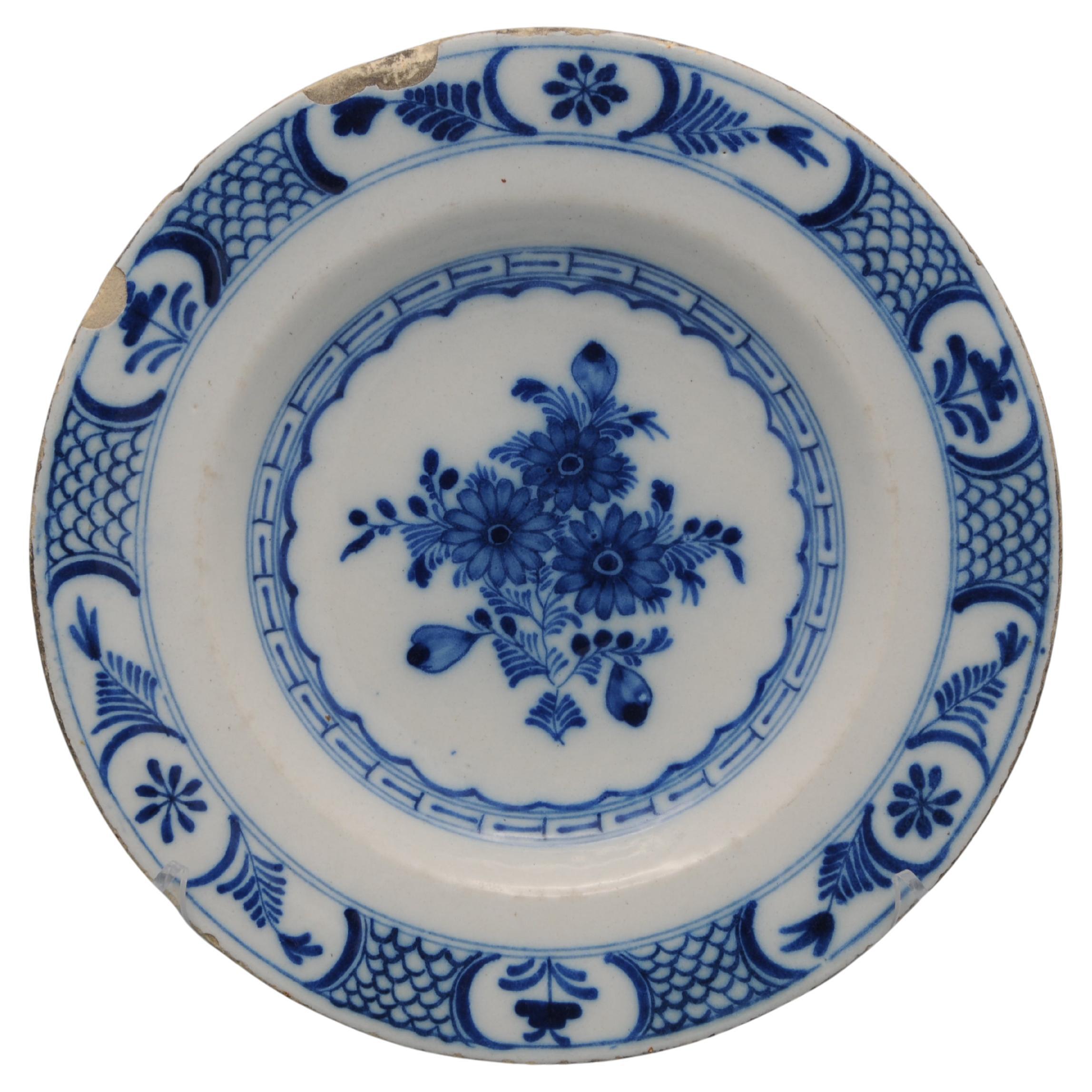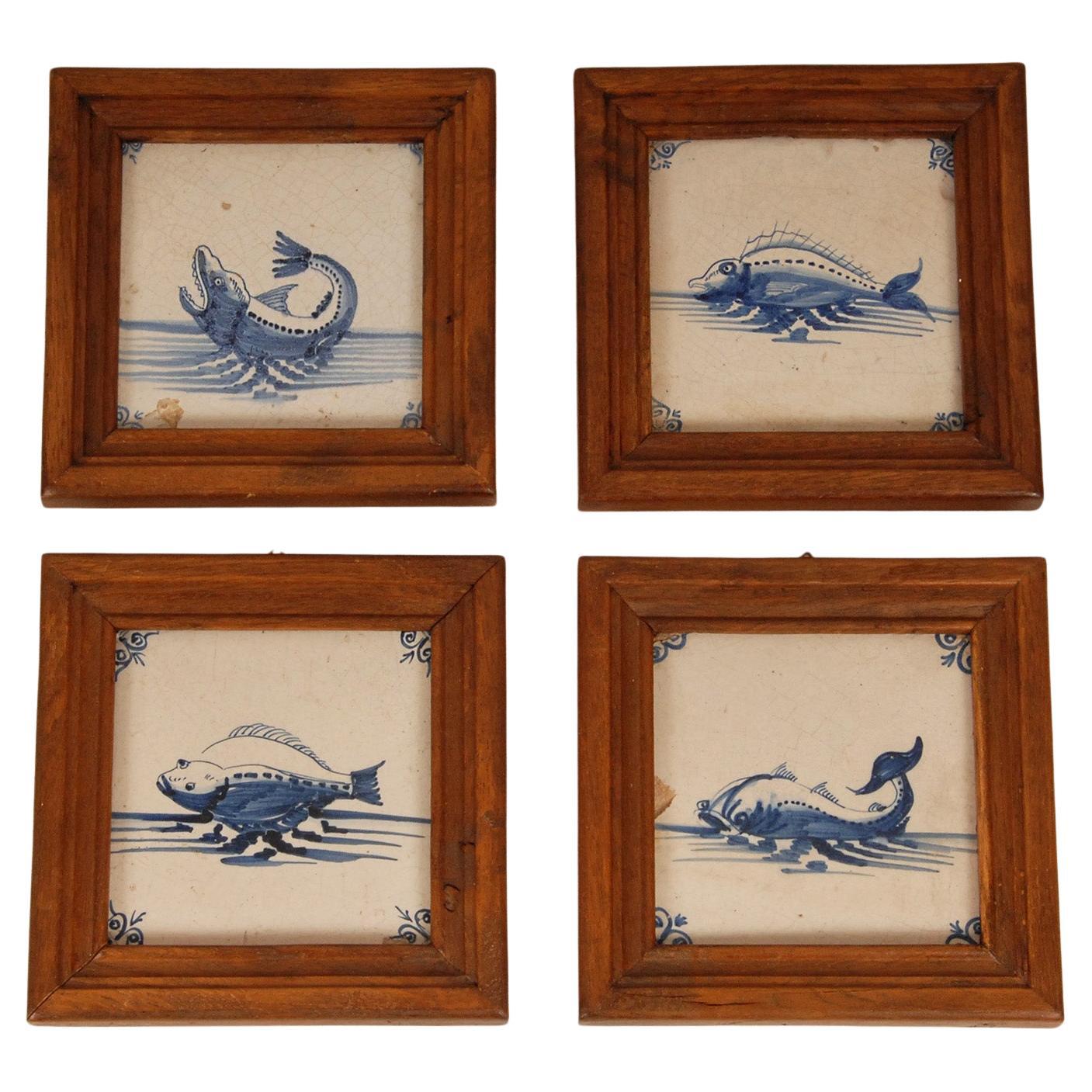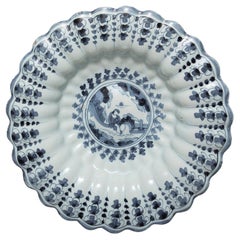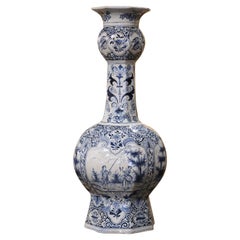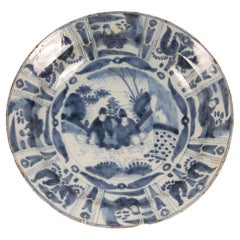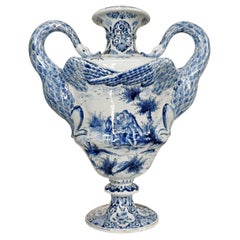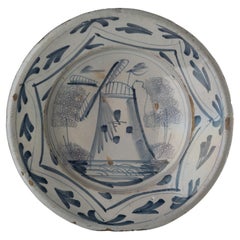
Delft Blue and White Dish with Windmill, 1700-1750
View Similar Items
1 of 13
Delft Blue and White Dish with Windmill, 1700-1750
About the Item
- Creator:Delft (Maker)
- Dimensions:Height: 2.56 in (6.5 cm)Diameter: 11.82 in (30 cm)
- Style:Baroque (Of the Period)
- Materials and Techniques:
- Place of Origin:
- Period:
- Date of Manufacture:1725
- Condition:Wear consistent with age and use. The majolica dish has the usual edge damage and also glaze wear of the rim.
- Seller Location:ROSSUM, NL
- Reference Number:1stDibs: LU7315230818692
Authenticity Guarantee
In the unlikely event there’s an issue with an item’s authenticity, contact us within 1 year for a full refund. DetailsMoney-Back Guarantee
If your item is not as described, is damaged in transit, or does not arrive, contact us within 7 days for a full refund. Details24-Hour Cancellation
You have a 24-hour grace period in which to reconsider your purchase, with no questions asked.Vetted Professional Sellers
Our world-class sellers must adhere to strict standards for service and quality, maintaining the integrity of our listings.Price-Match Guarantee
If you find that a seller listed the same item for a lower price elsewhere, we’ll match it.Trusted Global Delivery
Our best-in-class carrier network provides specialized shipping options worldwide, including custom delivery.You May Also Like
Dish Charger Lobed Delft German Blue White Fluted Chinoiserie
Located in BUNGAY, SUFFOLK
Decorated with a chinoiserie scene of a man sitting on rocks within a landscape. Surrounded by a triple-circle center and an interlocking arc and trefoil border. The rim with 27 flut...
Category
Antique 18th Century German Baroque Delft and Faience
Materials
Earthenware
19th Century French Blue and White Delft Faience Vase with Windmill Scenes
By Delft
Located in Dallas, TX
Decorate a console or buffet with this elegant antique vase. Crafted in France, circa 1880, the tall faience vase is beautifully shaped with a rounded body and a long, thin neck. Han...
Category
Antique Late 19th Century French Vases
Materials
Faience, Ceramic
17th Century Delft plate Chinoiserie Chinese Ming Delftware Blue White Dish
By AK Dutch Delftware, Delft
Located in Wommelgem, VAN
Large 17th Century Delft dish Chinoiserie blue and white Delftware Charger
Material: Delft, earthenware, pottery.
Design: Ming Dynasty Wanli style Chinoiserie
Style: Ming, William an...
Category
Antique 17th Century Dutch Baroque Delft and Faience
Materials
Earthenware, Delft, Pottery
Dutch Delft Blue and White Swan Handled Vase
By Delft
Located in Hastings, GB
19th century Dutch Delft blue and white vase with stylised swan handles and decorated to either side with rural country scenes. A beautiful and decorative piece.
There are areas o...
Category
Antique Late 19th Century Dutch Baroque Delft and Faience
Materials
Ceramic
18th Century Blue and White Delft Bottle Inscribed 'Boy' Hand-Painted Circa 1750
By Delft
Located in Katonah, NY
This blue and white English Delftware bottle, made circa 1750-1760, has a tall, narrow neck with a slightly flared rim on a distinctive globular body. The decoration is the word "BOY" framed by blue dashes.
It is hand-painted in blue, done in a freehand, fluid style that includes typical irregularities in the paint.
Historically, 18th-century English Delftware is known for its freehand, fluid decoration, characterized by minor irregularities that evoke an authentic folk art quality.
The rustic and uneven glaze is also characteristic of this pottery.
The bottle has a utilitarian feel, featuring four protruding lugs on the sides.
Its modest yet charming form, rounded shape, and understated ornamentation reflect the everyday aesthetic of mid-18th-century Delftware production.
Delftware jugs were often created for public houses, and "Boy" might reference part of a pub name, a local drinking song, or a common toast.
Just as likely, given England's strong maritime traditions, this could refer to a sailor's drinking vessel.
In naval and military slang, "Boy" was often used to refer to young sailors or recruits.
This hand-painted inscription adds a personal touch, making this bottle a unique and engaging example of antique Delftware...
Category
Antique Mid-18th Century French Country Delft and Faience
Materials
Faience, Delft
Antique English Delft Blue and White Dish Hand-Painted Chinoiserie Circa 1760
By Delft
Located in Katonah, NY
This 18th-century English Delftware plate was hand-painted circa 1760.
The center features a chinoiserie scene depicting the trees that form the "Three Friends of Winter"**, a Chines...
Category
Antique Mid-18th Century English Chinoiserie Delft and Faience
Materials
Delft
Recently Viewed
View AllMore Ways To Browse
Paul Evans Skyline Coffee Table
Paul Mccobb China
Paul Seignon
Paul Storr Ladle
Pauline Hughes
Peacock Headboard
Peanut Planter
Pearlware Mug
Pearsall Stingray
Pebble Stone And Iron Table
Pedrera Coffee Table
Pennsylvania House Console
Pennsylvania Tall Case Clock
Penshell Coffee Table
Pentik Finland
Peranakan Cabinet
Perpetual Flip Calendar
Perriand Rio Coffee Table
